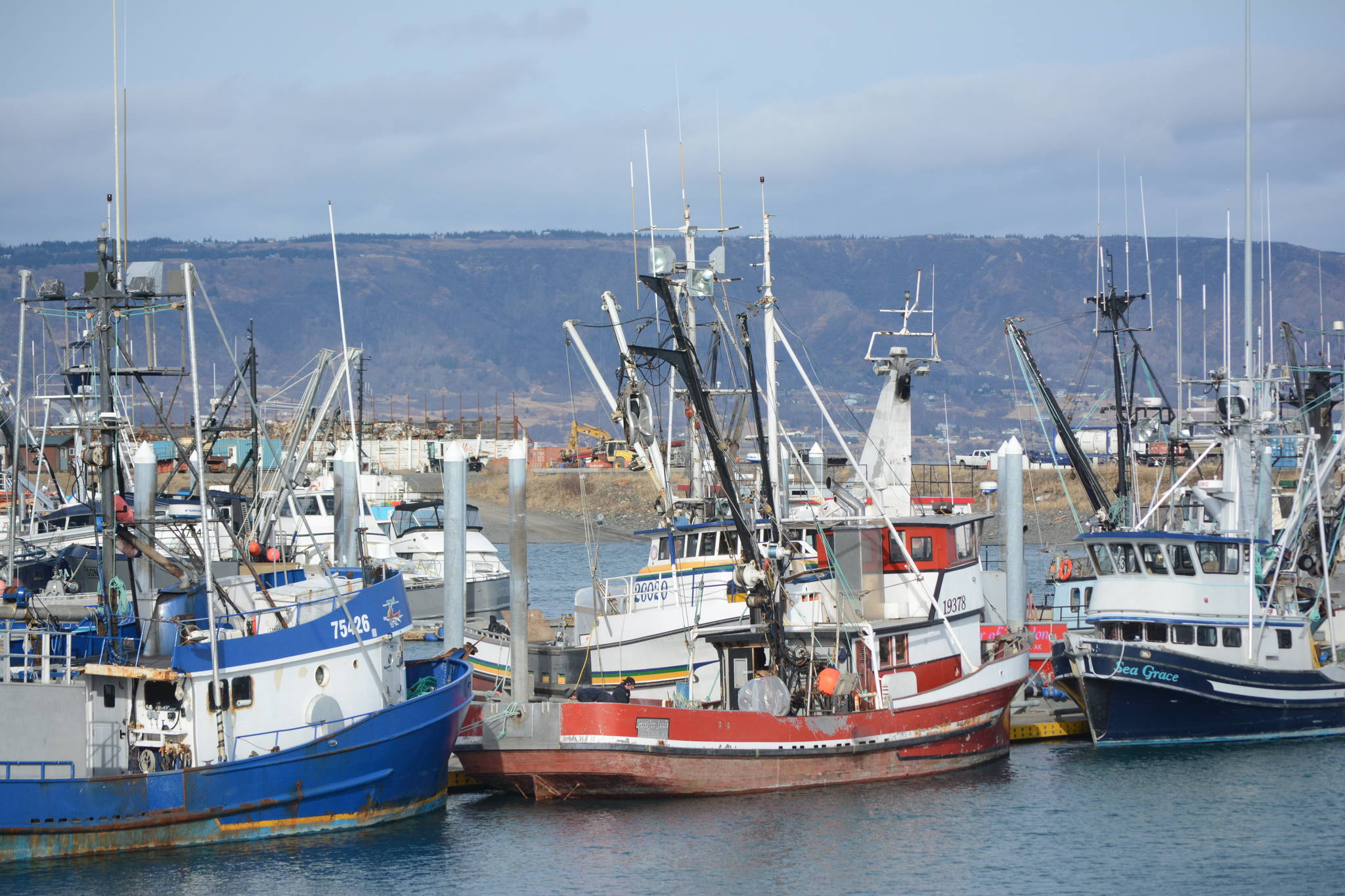Editor’s note: This article has been updated to correct the title of the organization Gayla Hoseth works for. It is the Bristol Bay Native Association.
The Alaska House Resources Committee got an earful from a number of opponents to the Pebble Mine project and the recently released draft Environmental Impact Statement that is currently undergoing public scrutiny and is available for public comment until May 31.
At a hearing on April 1, the Committee heard from Gayla Hoseth, director of the Natural Resources Department for the Bristol Bay Native Association, Norman Van Vactor, CEO of the Bristol Bay Economic Development Corporation, and Dr. Daniel Schindler, professor in the School of Aquatic and Fisheries Sciences at the University of Washington, where he has been on the faculty since 1997.
Dr. Schindler is a principal investigator of the University of Washington Alaska Salmon program where he has studied the ecology of salmon and their watersheds in western Alaska in a program started in 1946.
The committee was chaired by Rep. Geran Tarr (D-Anchorage); also in attendance were Representatives Chris Tuck,(D-Anchorage), Sara Hannan (D-Juneau), Dave Talerico (R-Fairbanks), Ivy Sponholz (D- Anchorage), Sara Rasmussen (R-Anchorage), George Rauscher (R-Wasilla), and Grier Hopkins (D-Fairbanks).
Hoseth was first to address the committee and attempted to point out the potential threat of the Pebble mine to Bristol Bay communities, along with the danger to the largest wild sockeye salmon run.
“Not only is Bristol Bay my ancestral home that sustains our region’s subsistence way of life, but it’s the state’s largest and most valuable salmon industry for commercial and sport fishers,” Hoseth said. “We are here today because the U.S. federal government is pushing this project forward with an inadequate draft Environmental Impact Statement that’s based on a false mine plan, an incomplete permit application, and a politically driven timeline that is silencing the voices and concerns of Alaskans.”
Van Vactor, who has worked in the Bristol Bay fishery for around 40 years, followed.
He attested that he represents 17 coastal communities located within 50 nautical miles of the shoreline, and they “unanimously oppose” this project. He said that the Pebble project was “one of the most important issues certainly to envelope my career. Bristol Bay means business; we are a major cornerstone of Alaska’s seafood industry,” he said.
Van Vactor said that while many runs around the state are experiencing low runs, Bristol Bay remains the exception, and that science should be the driving force.
“Science drives the decision-making, not industry speculation, fantasies or well-intentioned individuals,” he said.
He added that the Pebble project could undo much of what the entire Alaska seafood industry has strived for.
“If Pebble goes in, the Bristol Bay sockeye brand and the entire Alaska seafood brand could well be tarnished. That brand is based on pristine habitat, sustainability and high quality, not open pit mining districts and acid mine drainage,” Van Vactor said.
Van Vactor also took issue with the potential financial pay-out of the Pebble project, especially on the 20-year time line laid out in the draft EIS.
“The Pebble Partnership hasn’t proven that its mine pencils out on paper, and can’t, because it doesn’t,” he told the committee.
“The Pebble proposal is the only large mine proposal in Alaska to date not to have a pre-feasibility study,” which serves dual purposes, he said. It helps define the scope of a realistic mine project to inform the NEPA process and environmental impact analysis.
He added that they do not plan to close after 20 years because that would leave about 88 percent of the ore body in the ground.
The harshest criticism came from Dr. Schlindler.
“Today I was asked to talk about some of the inadequacies of the draft EIS,” he said. “And in a nutshell, Alaskans should be dismayed. Alaska’s leaders should be outraged. The Army Corps of Engineers should be ashamed of themselves, and embarrassed, if they’re going to put this Environmental Impact Statement forward as a piece of credible science. It is not.”
He touched on six basic inadequacies, but said there were many more.
Those he brought before the committee were that the draft EIS distinctly underestimates the risks; involves many very tenuous assumptions; assumes no very important cumulative risks; assumes no interactions between climate change and mine stresses, involves inappropriate time frames and fish habitat assessments; and has many examples of misrepresenting published scientific results.
He said it does not pass as credible science.
Regarding the time frame for post-mine tailings containment, the one discussed in the DEIS was 70-75 years.
“We know that much of this deposit will produce acid mine drainage, and this is known with full certainty, sulphuric acid and a variety of toxic metals, these must be stored, and maintained, and contained, for centuries. We know this. There’re no uncertainties associated with this. A risk analysis has to account for the long-term potential risks for this mine.”
He said habitat surveys were based on a couple years of monitoring.
“Salmon habitat is highly variable, and what you get from a short-term monitoring study is a poor indicator of its long-term potential,” Schindler said.
Schindler discussed the problems fish have finding their way to their natal streams when there is copper in the water, which led to a line of questioning from Rauscher as to why salmon are able to find their way back to the Copper River.
“You’re not talking about apples to apples in reference to the copper mining that’s done on the Copper River and the Copper River Basin, compared to what’s being proposed here,” Schindler told him. “It’s of a completely different scale and proximity to the spawning beds.”
There are no active copper mines in the Copper River basin, and the trace amounts of copper in the river occur naturally. The fish have evolved to adapt to that over millennia.
Cristy Fry can be reached at realist468@gmail.com



